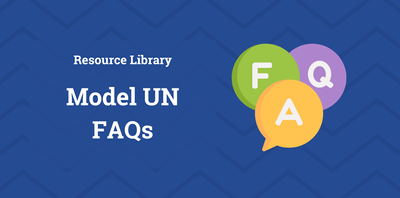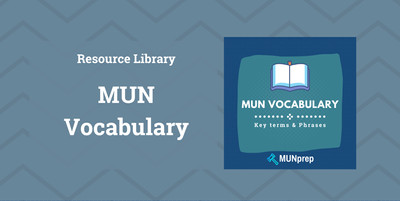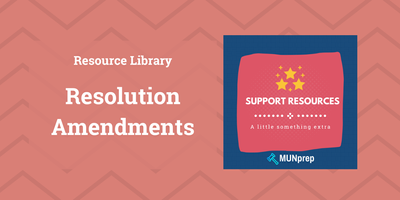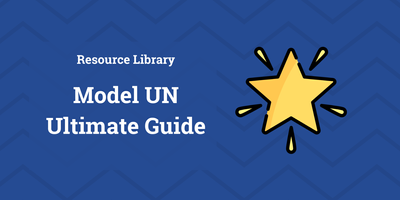Question Framing Strategies During a Q&A Session
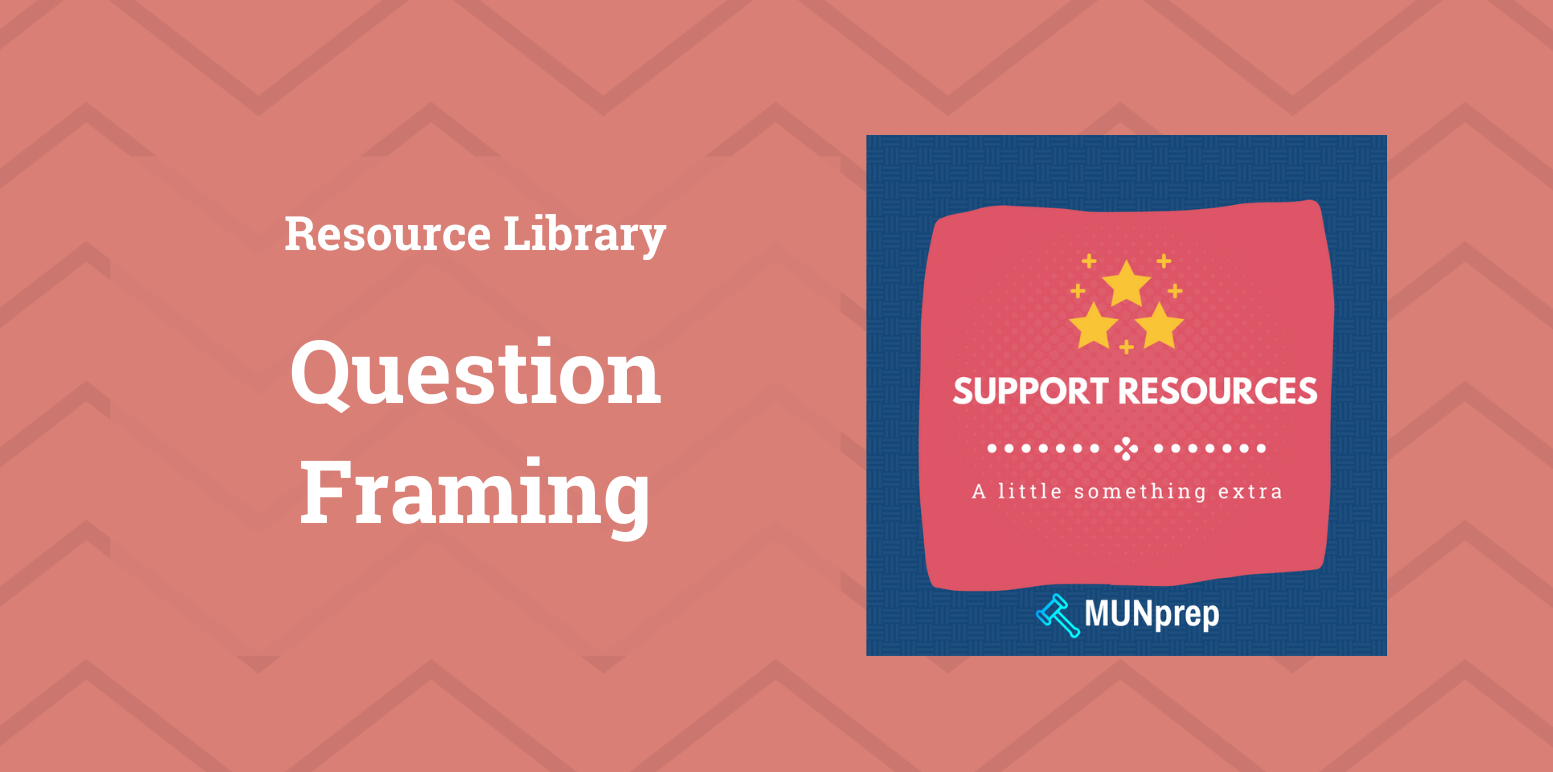
The way you pose your question can influence not only the response you receive but also how your peers perceive your knowledge, diplomacy, and confidence.
In this guide, we’ll explore strategies for crafting questions that are clear, impactful, and purposeful. Whether you’re seeking to challenge a point, clarify details, or highlight your own stance, the tips and techniques outlined here will help you engage effectively in any committee debate.
How are Q&A Skills Useful?
Show That You Are Engaged
By actively listening to fellow delegates’ explanations of their resolutions and asking thoughtful questions, you demonstrate your understanding of the topic and contribute to a more productive debate.
Asking about the reasoning behind specific clauses or the feasibility of proposed solutions can also help highlight your analytical abilities while encouraging collaboration.
If You Have Issues with a Certain Resolution
When you encounter a resolution that raises concerns, strategic questions can guide the debate toward addressing those issues.
For example, if you believe a clause lacks detail or doesn’t align with your country’s interests, framing your question to seek clarification or suggest alternatives can subtly introduce your perspective.
Rather than outright criticizing, you can use questions to challenge ideas diplomatically, keeping the conversation constructive while influencing the direction of the discussion.
Crisis Committees
Delegates frequently have the chance to ask questions to the crisis staff or other delegates to gather vital information about unfolding events.
Well-timed and insightful questions can uncover details about the crisis that might not be immediately apparent, giving you an edge in developing your crisis arcs. By digging deeper into the motivations or implications of actions taken by others, you can craft more impactful and relevant responses.
Asking Great Questions
In the Q&A, asking the right questions is just as important as answering them. Thoughtful questions can reveal weaknesses in others’ arguments, deepen the discussion, and allow delegates to demonstrate their own knowledge. Here’s how to ask questions strategically:
Types of Questions
Example: “Could you clarify how your proposed solution will be funded, given the limited resources available?”
Example: “You mentioned that this resolution will benefit developing countries. How do you address concerns about its potential environmental impact on these nations?”
Example: “Your proposal focuses on short-term relief. Have you considered any long-term strategies to address this issue?”
Framing Your Questions
Example: Replace “Why do you think this plan will work when so many have failed before?” with “Could you elaborate on how this plan addresses challenges that similar initiatives have faced in the past?”
Open-ended example: “What other nations have you consulted on this issue?”
Closed-ended example: “Is your country willing to commit additional funding to this initiative?”
Making It Personal and Relevant
- Tie Questions to Your Country’s Interests: When you ask questions that relate directly to your own country’s priorities, you showcase your country’s specific concerns and demonstrate how the issue affects them. This can also be a subtle way to steer the discussion towards your country’s stance.
Example: “Given the importance of climate resilience for island nations like mine, could you explain how this proposal will address rising sea levels?”
- Relate to the Resolution: Directly connecting your questions to specific clauses in the resolution keeps the focus on what’s being debated and shows that you’re engaged with the document. This approach also highlights areas of the resolution that you’d like to see clarified or modified.
Example: “Clause 3 mentions increased international aid. How will this funding be allocated to ensure that the most vulnerable populations benefit?”
Conclusion
Asking well-thought-out questions is a subtle way to influence the debate and encourage other delegates to see issues from your perspective. When done skillfully, asking questions can demonstrate leadership and deepen the level of discussion in the room.

